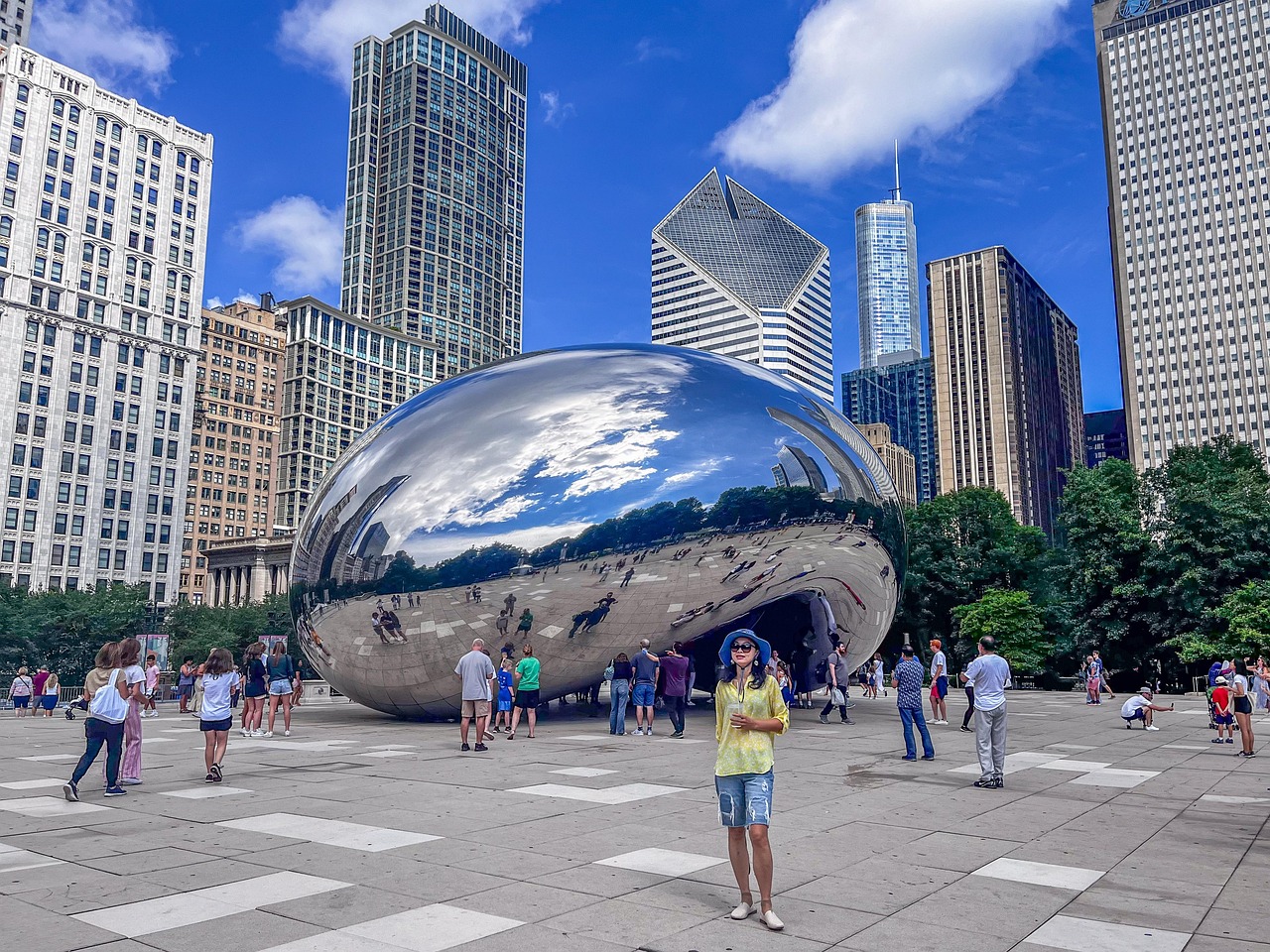- Why Scientists Track Atmospheric Carbon With Giant Towers - October 7, 2025
- The Link Between Melting Ice and Rising Sea Levels Explained - October 6, 2025
- How Ocean Currents Help Regulate Global Climate - October 5, 2025
Illinois Emerges as an Unlikely Tornado Hotspot
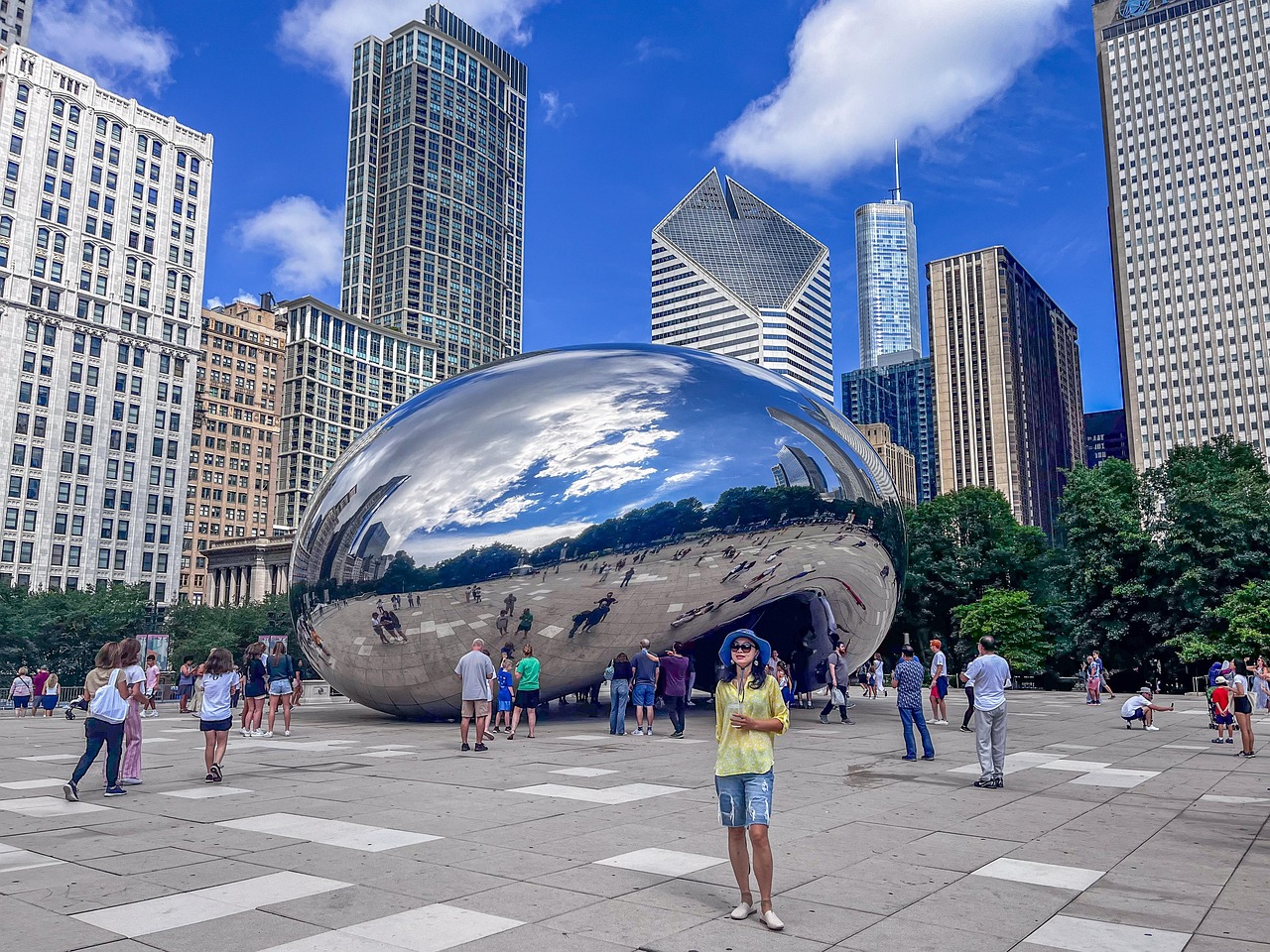
Picture this: while traditional tornado enthusiasts kept their eyes glued to Oklahoma and Kansas, Illinois quietly stormed to the number-one spot with 118 tornadoes in 2023 and 126 confirmed tornadoes in 2024, ranking third among all states. This dramatic shift left meteorologists scratching their heads and Illinois residents wondering what happened to their peaceful Midwest reputation. The Prairie State’s unexpected tornado surge represents one of the most striking examples of how severe weather patterns are reshaping America’s geographic relationship with tornadoes. Forecasters were “pretty surprised by the Illinois number” as it joined Texas, Nebraska, Iowa, Missouri, and Florida in the exclusive club of states with over 101 tornadoes. What makes Illinois particularly noteworthy is that unlike traditional tornado alley states, its residents and infrastructure weren’t historically prepared for such intense and frequent severe weather activity. The state’s rise as a tornado hotspot signals a fundamental shift in where Americans need to be most vigilant about severe weather preparedness.
The Ohio Valley’s Transformation into Tornado Territory

The Ohio Valley has become a focal point for some of the most intense supercells, with the Storm Prediction Center regularly issuing tornado-driven Enhanced risks for the region. This area, stretching from southern Indiana through Kentucky and into southern Illinois, has experienced a remarkable transformation that few saw coming. Ohio Valley tornadoes have become so frequent that long-lived supercells routinely track from northern Kentucky into southern Indiana, creating what locals are calling “tornado highways” across state lines. Ohio itself recorded 82 preliminary tornado reports in 2024, experiencing multiple tornado outbreaks on February 27, March 14, April 2, and May 7. The region’s geography, with its river valleys and changing terrain, creates unique atmospheric conditions that seem tailor-made for tornado development. Unlike the flat plains of traditional tornado alley, the Ohio Valley’s varied topography adds an element of unpredictability that makes forecasting even more challenging for meteorologists.
Kentucky and Indiana: The New Tornado Corridor
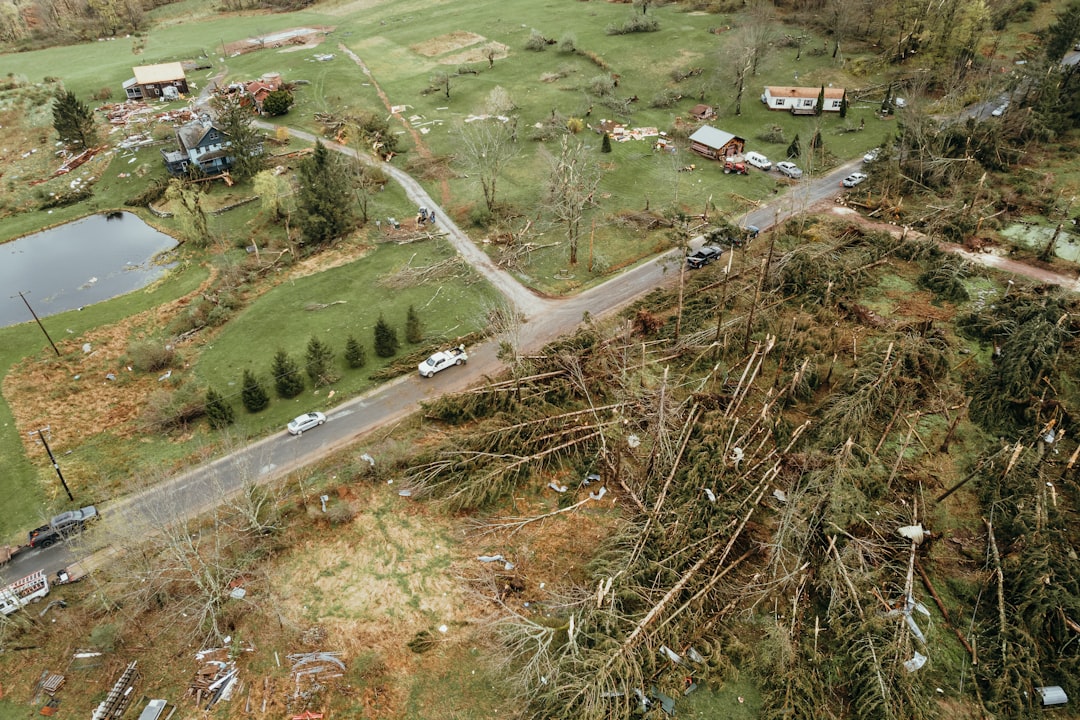
The tri-state region recorded 59 tornadoes in 2024 covering 443.2 miles, making it the second-most active year on record behind only 2011’s 79 tornadoes. This staggering statistic reveals how Kentucky and Indiana have transformed from occasional tornado targets into what experts now call “the new tornado alley.” Meteorologists openly acknowledge that “the tri-state is the new Tornado Alley,” a designation that would have seemed absurd just two decades ago. The region’s vulnerability became tragically apparent when multiple EF-3 tornadoes struck, including one that became the strongest July tornado on record for the area. Strong EF2 tornadoes have repeatedly crossed state lines, with one tornado touching down in Hanover, Indiana, before striking Milton, Kentucky, while another damaged homes in Jeffersonville, Indiana, before crossing the Ohio River and injuring 22 people in Prospect, Kentucky. This cross-border tornado activity demonstrates how the atmospheric conditions favoring severe weather have shifted dramatically eastward, turning what were once relatively safe states into high-risk zones.
Michigan’s Unprecedented Tornado Emergency

Nothing captures the eastward shift of tornado activity quite like Michigan’s historic tornado emergency declaration in 2024. The state experienced its first-ever tornado emergency when a large EF2 tornado and satellite EF1 tornado threatened Union City and Sherwood, with another strong EF2 tornado causing severe damage in Portage. This groundbreaking weather event shocked residents of a state where tornadoes were traditionally rare curiosities rather than serious threats. Michigan’s tornado emergency represents more than just a weather milestone; it symbolizes how far north and east dangerous tornado activity has migrated from its traditional heartland. Wisconsin also made history with its first February tornado on record, followed by a rash of tornadoes stretching from northern Illinois to New York state. The psychological impact on residents cannot be overstated – imagine living your entire life believing your state was relatively safe from tornadoes, only to find yourself under your first tornado emergency warning. Michigan’s experience serves as a wake-up call for other northern states that may have considered themselves outside tornado country.
The Southeast’s Year-Round Tornado Threat
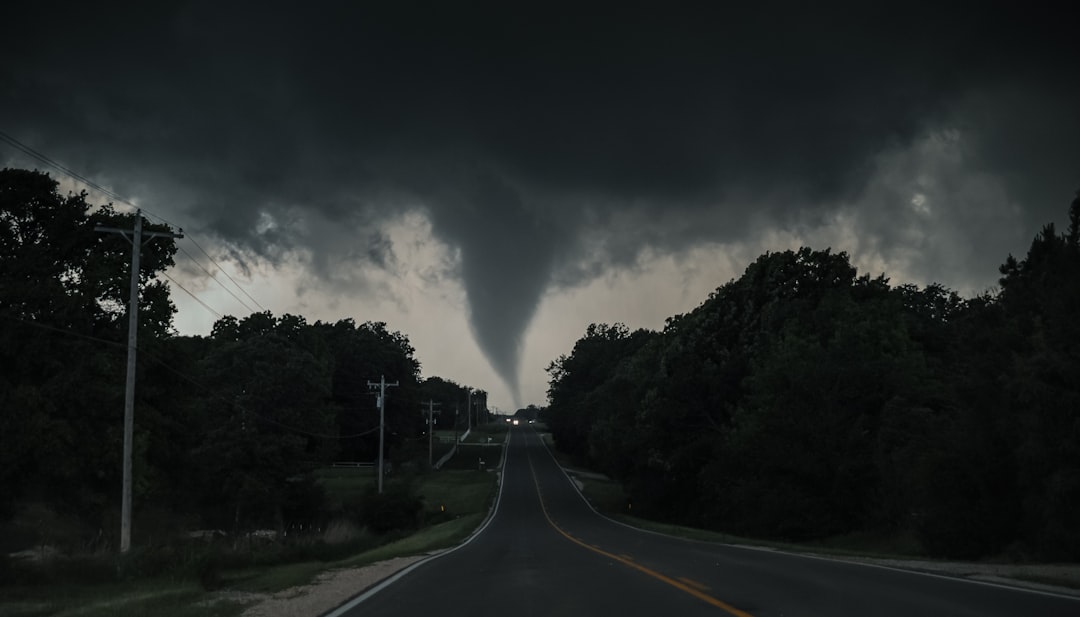
Over the past few decades, the U.S. has seen a broad shift in tornadoes in three ways: to the east, earlier in the year, and clustered into larger outbreaks, with winter tornadoes becoming more frequent over the eastern U.S. from the southeast to the Midwest. The Southeast’s tornado threat has evolved from a seasonal concern to a year-round danger that keeps emergency managers constantly on edge. Tornadoes in the Southeastern U.S. are more likely to strike overnight when people are asleep and cannot quickly protect themselves, making these events dramatically more dangerous, as evidenced by the tornado that hit London, Kentucky, after 11 p.m. Since 1880, the percentage of fatalities during nighttime tornadoes has increased by 20%, with nighttime tornadoes now killing twice as many people as daytime tornadoes annually. The region’s vulnerability is compounded by housing types, as many residents live in mobile homes that offer little protection against tornado-force winds. This deadly combination of timing, housing, and increased frequency has transformed the Southeast into America’s most dangerous tornado zone, surpassing even traditional tornado alley states in terms of fatality risk.
Texas and Nebraska: Traditional Powers Sharing the Spotlight
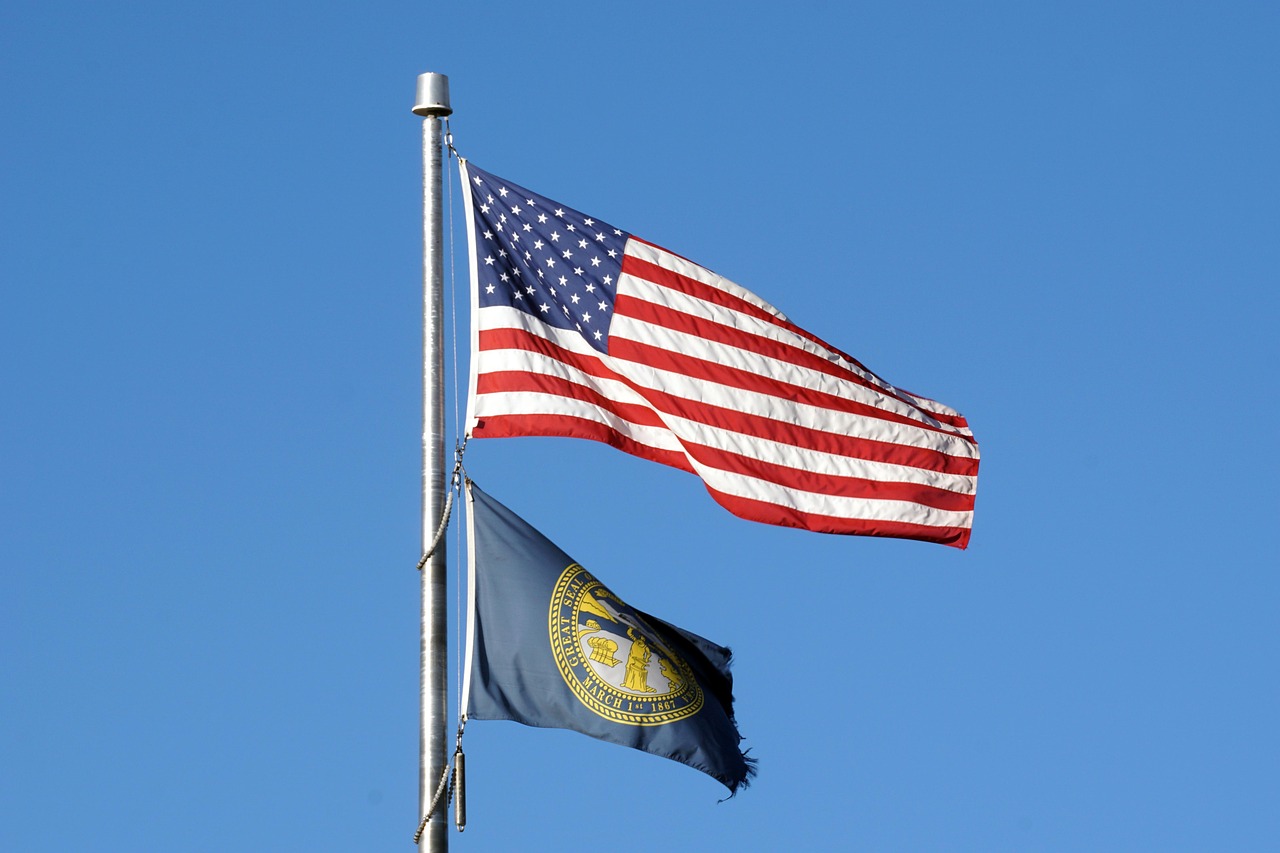
While new tornado zones grab headlines, Texas maintained its number-one position largely due to Hurricane Beryl’s contribution, while Nebraska and Iowa tied for second place with 131 tornadoes each. However, these traditional tornado powerhouses are no longer dominating the severe weather conversation as they once did. There has been a steady and stark decline in tornadoes during the traditional tornado season and region, especially across spring and summer in the Great Plains. Texas and Nebraska’s continued high tornado counts mask a more complex story – while these states still experience numerous tornadoes, the most deadly and destructive events are increasingly occurring farther east. Florida’s unexpectedly high tornado count was driven by Hurricane Milton, which spawned more than twice the daily record of twisters and became the first hurricane since the 1960s to spawn more than three EF3 tornadoes. This shift means that while Texas and Nebraska residents maintain their tornado preparedness culture, people in newly affected eastern states often lack the infrastructure, warning systems, and cultural awareness necessary to protect themselves effectively.
The Record-Breaking Numbers Tell the Story
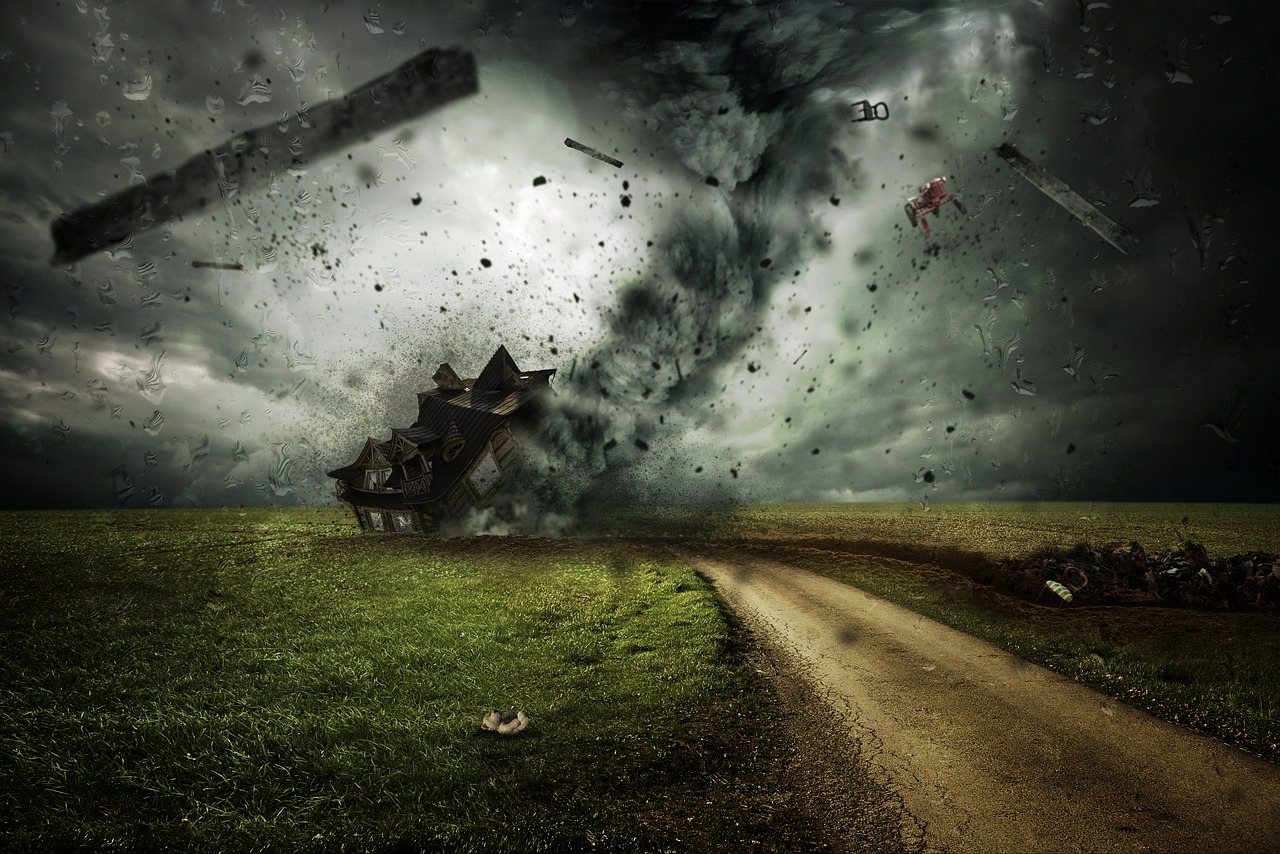
Currently, 1,796 tornadoes have been preliminarily confirmed across the U.S. in 2024, the second-most on record, only 21 behind the historic 2004 severe weather season. These aren’t just numbers on a weather service chart – they represent thousands of families whose lives were disrupted, communities that were forever changed, and a nation grappling with rapidly shifting weather patterns. The U.S. tornado season to date has been very active, with severe convective storms surpassing tropical cyclones in terms of cumulated U.S. insured losses as of 2024. The U.S. has had more reported tornadoes than normal, with over 960 as of May 22, 2025, well above the national average of around 660 tornadoes by that point over the past 15 years. December 2024 alone saw 120 tornadoes, more than five times the average of 28 tornadoes for the month. These record-breaking statistics underscore that we’re not dealing with temporary weather anomalies but rather fundamental changes in how and where severe weather develops across the United States.
What does this mean for your family’s safety planning?

